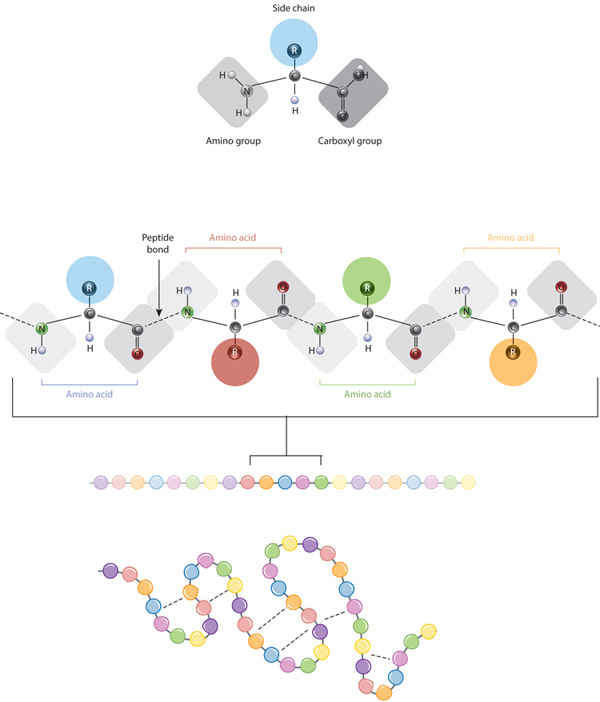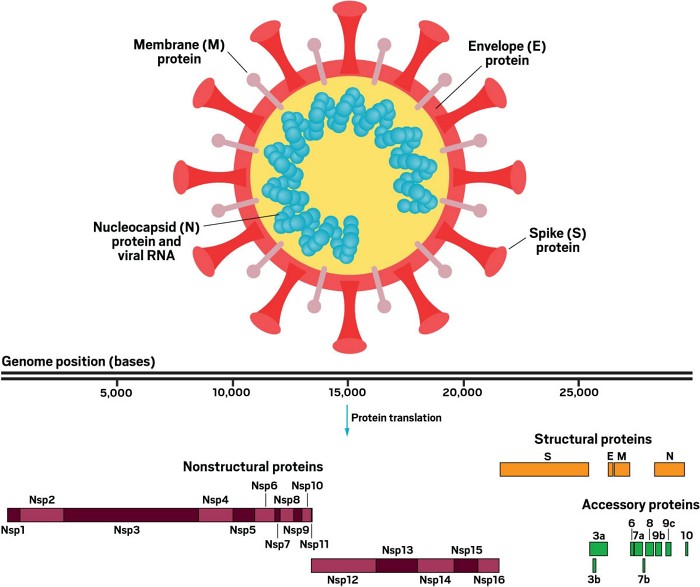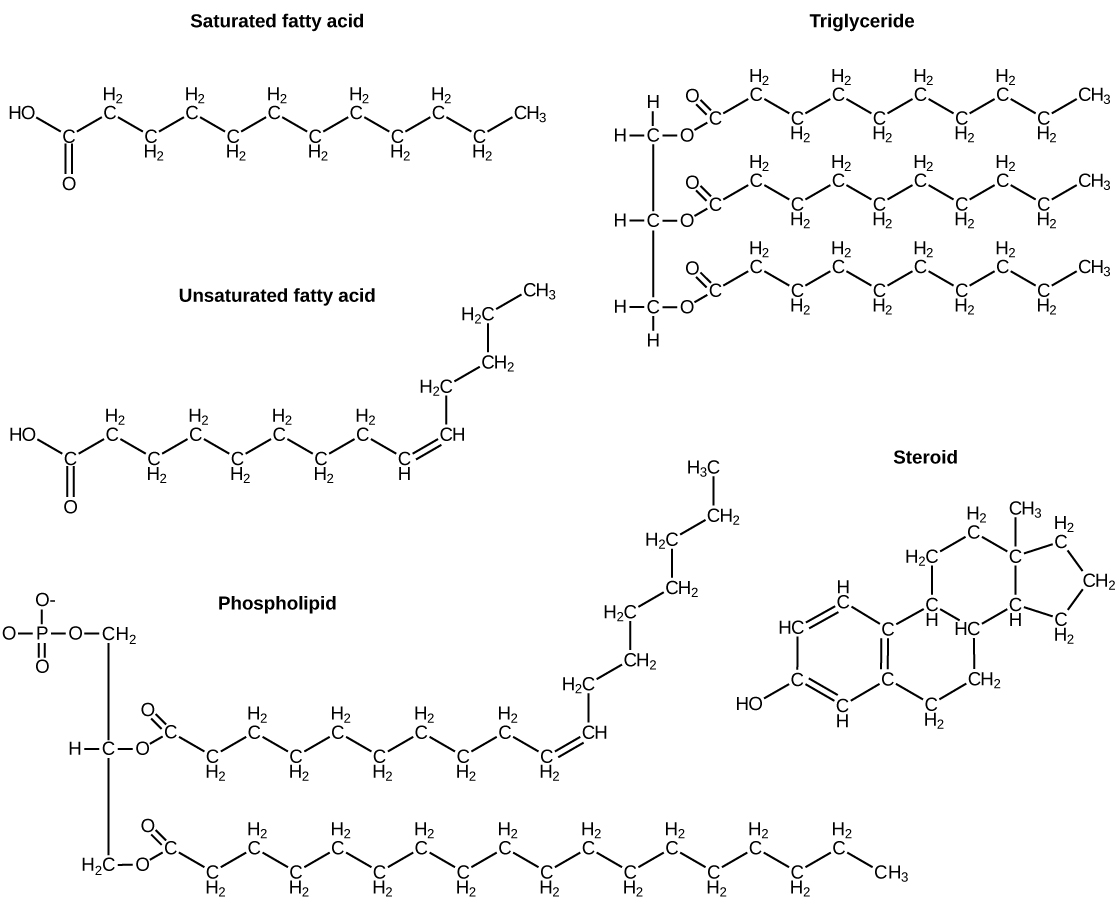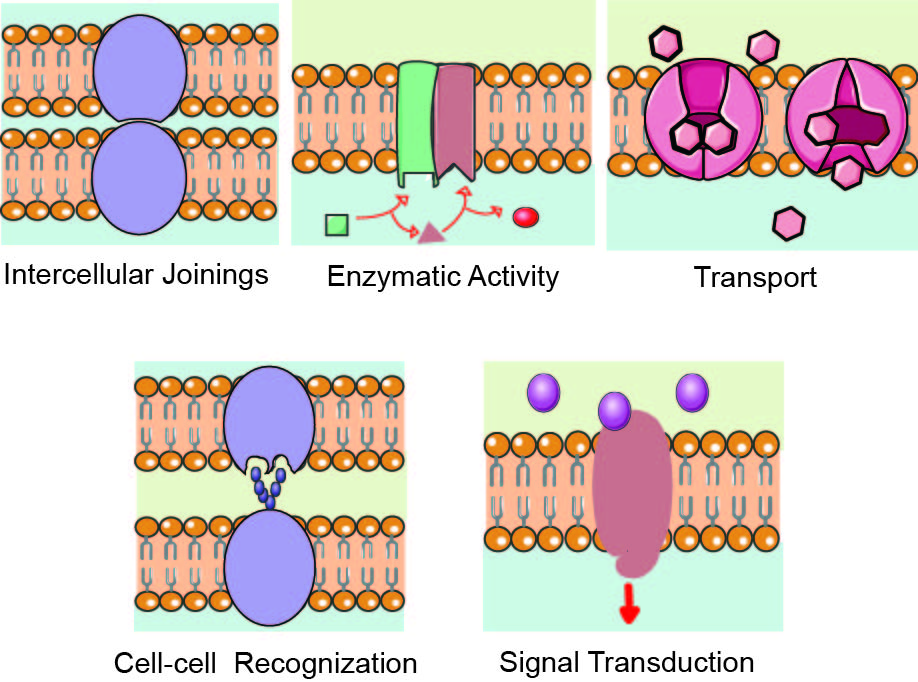Maintaining volume of body fluids providing fuel for energy needs protecting the body against diseases inhibiting the absorption of cholesterol facilitating chemical reactions refers to the change in a proteins shape and consequent loss of its function brought about by heat agitation acid base alcohol heavy metals or. Giving cells structure c.
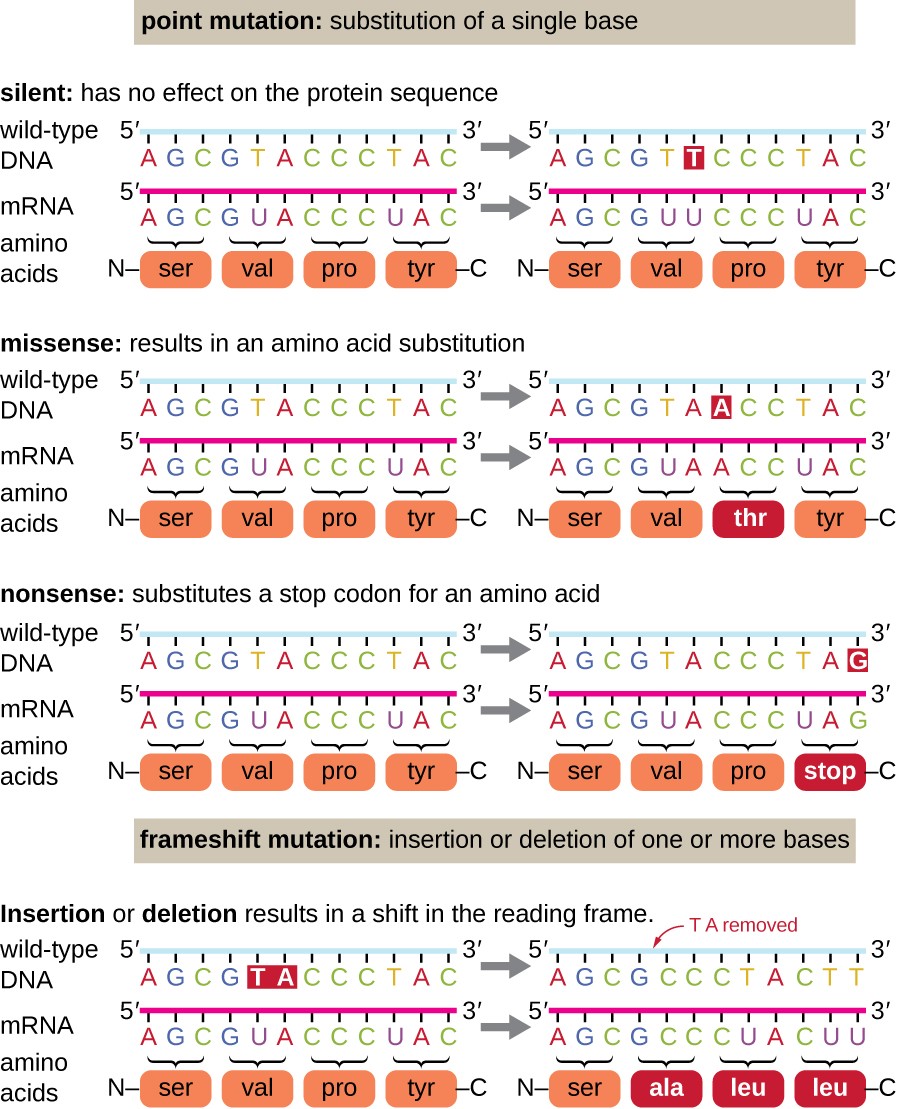
Mutations Microbiology
Which of the following is not a protein function. Protein is a major source of energy. Log in for more information. Which of the following is not a function of proteins in the body. Providing energy to the blood cells and brain the type of vegetarian who eats vegetables grains fruits eggs and milk but excludes all other types of animal protein is called a. If it is not needed due to sufficient intake of other energy sources such as carbohydrates the protein will be used to create fat and becomes part of fat cells. Regulation by protein phosphorylation b.
Regulation by protein degradation. Asked 612015 71547 pm. Helping cells communicate d. If you consume more protein than you need for body tissue maintenance and other necessary functions your body will use it for energy. Insulating the body b. Which of the following correctly describes the relationship between the primary structure of a protein and protein function.
Regulation by small molecules d. Changing one amino acid may or may not affect protein function sickle cell anemia is the result of how many changes in each beta chain of normal hemoglobin. Protein plays a vital role in regulating the concentrations of acids and bases in your blood and other bodily fluids 16 17the balance between acids and bases is measured using the ph scale. Which of the following is not a function of protein. Which of the following is not a mechanism for regulating protein function. Membrane embedded proteins can serve as receptors that detect specific environmental.
Which of the following is not a function of membrane embedded proteins. Membrane embedded proteins can store important inheritable information that is needed by the cellc. Serving as enzymes insulating the body is not a function of protein. Regulation by micrornas e. Regulation by protein protein interactions. Which of the following is not a major function of protein in the human body.
Membrane embedded proteins can form the base of structures that extend out of the cell such as flagella and pilib.



